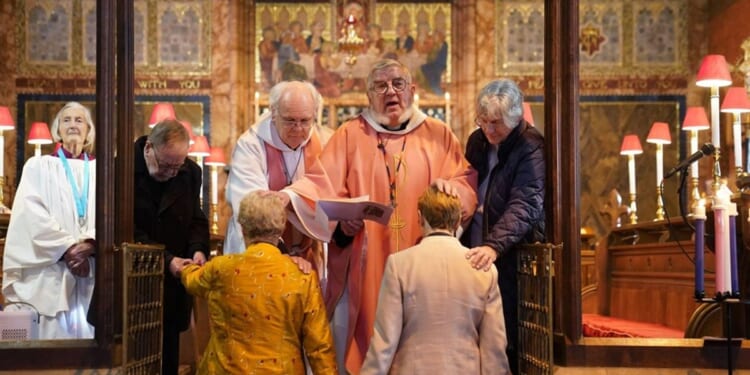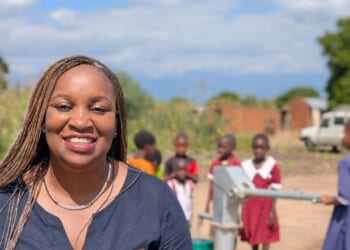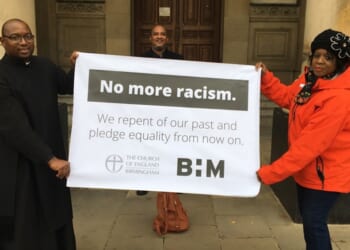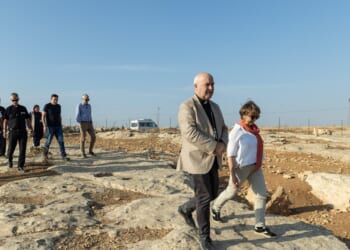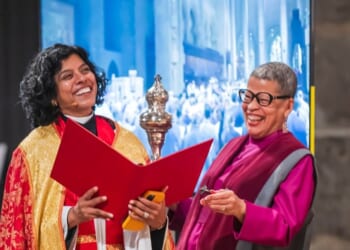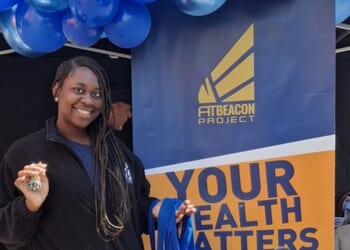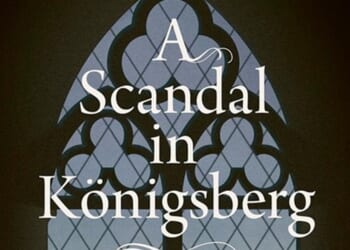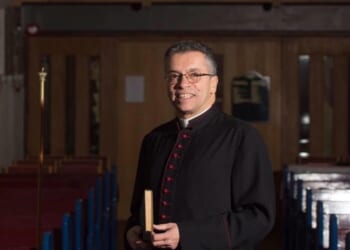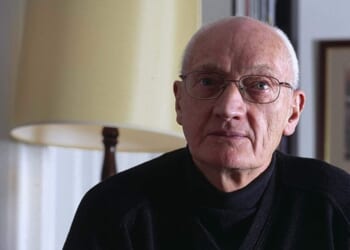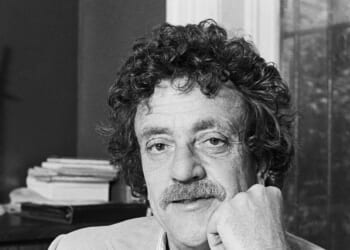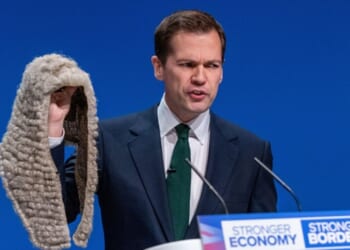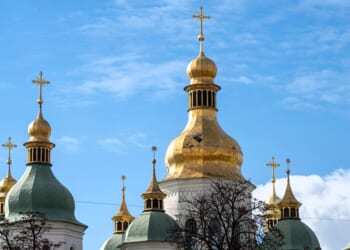ADVOCATES of “full inclusion” of LGBTQ+ people in the Church have reacted with dismay to the House of Bishops’ decision that stand-alone services of blessing for same-sex couples and the reconsideration of rules that bar the clergy from entering into same-sex marriage will be subject to further synodical processes.
The decision was taken at a meeting of the House of Bishops at the start of last week, but was announced only on Wednesday, after details were leaked to the press (News, 17 October).
“I’m slightly shell-shocked,” an assistant curate at St John the Divine, Kennington, in Southwark diocese, the Revd Dr Charlie Bączyk-Bell, said on Thursday.
He said that bishops who supported greater LGBTQ+ inclusion had not shown “courage in their convictions”, and had been influenced by “threats of schism and removal of money” by the Alliance, a network of church groups opposed to developments brought about by the Living in Love and Faith (LLF) process.
On Thursday, the Church Times reported on a document produced by the Alliance which urged clergy to pass a resolution through their PCCs pledging to disengage from various Church of England structures if stand-alone services or clergy same-sex marriage were permitted (News, 16 October).
Dr Bączyk-Bell suggested that bishops had “accepted the Alliance narrative” that proceeding with the LLF process necessitated structural change in the Church of England rather than “calling their [the Alliance’s] bluff”.
The previous day, the Bishop of St Edmundsbury & Ipswich, Dr Joanne Grenfell, told the Church Times that bishops had felt that the “price” of further changes was “too high”.
“Delegated episcopal ministry” — which would probably have involved new episcopal structures in the Church of England — was considered as reassurance for those who opposed further changes, she said.
This would have gone further than the current arrangements for parishes that did not accept the ministry of women priests and bishops, she said, and included “separating out much of our discernment processes”.
“I think that feels like a step beyond what we’ve got around women’s ministry,” she said, and would be “something we couldn’t ever row back from.”
But the decision did not mean that bishops, including her, who wanted change, were not “absolutely still committed to working for change and for doing that with LGBTQI brothers and sisters”, she said.
THE situation facing clergy who enter same-sex civil marriages is one that directly concerns Dr Bączyk-Bell, after he married this year. The current situation is “logically and theologically absurd”, he said.
“I have a licence, and got married while holding that licence; so I can continue to express priestly ministry, but I can’t get another job. There’s something theologically bankrupt about this, as either I am a fitting person to exercise pastoral ministry, or I’m not; I don’t think I can be a fitting person until such a time as I apply for a different job.”
People who were married to a same-sex partner were blocked from the discernment process, he said, whereas those who got married while in post were not, although the latter had knowingly broken rules while the former might not have come to faith until after they were married.
Bishops, he said, had refused to recommend that people in this situation get divorced, “because they don’t want to encourage divorce”, and the effect of the decision announced on Wednesday was to “bake in something which they’ve all agreed is unacceptable and ludicrous and unfair”.
Dr Grenfell said that it was “unconscionable to think that we wouldn’t allow [clergy same-sex marriage], given that it’s a legal possibility within the law of England”.
Asked what she would do if a priest in her diocese entered into a same-sex marriage, she said that, “when it comes to individual situations, I think these things are best done privately, not on the public stage, because these are people’s lives.”
Before making a decision, bishops considered a paper on clergy same-sex marriage prepared by the Faith and Order Commission (FAOC). It has not yet been published, but the Church Times has seen a copy.
It outlines “relaxation of discipline” as an option: “In this scenario, diocesan bishops, as a group or by individual discretion, would ordain and (re)license people in same-sex civil marriages despite the tension this would create between doctrine and discipline.”
This option “carries the greatest risk for discipline to depart from doctrine, potentially resulting in legal challenges and increased confusion over such matters”, the paper concludes.
“It wasn’t feasible for the House of Bishops as a whole to vote for that kind of free-for-all option,” “not least” because it meant that their clergy would not be protected from legal challenges, Dr Grenfell said.
The House of Bishops’ chosen option — to recommend that clergy be allowed to enter into same-sex marriage only if a Measure and an Amending Canon were carried by the General Synod — wouldn’t require a two-thirds majority, but only a simple majority, she said.
Dr Grenfell acknowledged that the House of Bishops’ decision to require the approval of stand-alone services of blessing for same-sex couples to be subject to a Canon B2 process, which requires two-thirds majorities, would effectively prevent their coming into use.
Bishops “realise that’s the reality of the process, and this is the reality of the voting patterns in Synod”, she said.
Dr Grenfell also suggested that the distinction between using the Prayers of Love and Faith in scheduled and “bespoke” services was not a huge one, and noted that baptisms took place during other services and separately, but were still the same rite.
Dr Bączyk-Bell acknowledged that there were pragmatic reasons for taking the course of action on which the House of Bishops had settled.
“If I were a liberal bishop, I’d probably look out and say: ‘My diocese has no money, and nobody’s coming to church. I can’t afford a schism, and there are very few gay clergy who have told me they want to get married, and there seems to be relatively little appetite for these Prayers of Love and Faith, not least because they’re not actually marriage. What do I sacrifice here in order to survive?’” he said.
But this, he suggested, was missing the point: “I don’t think they’ve yet recognised this is as a proper justice issue. I think they primarily see this as a political issue.”
IN A statement on Wednesday, the national director of the Church of England Evangelical Council, Canon John Dunnett, said that it was “helpful that the House of Bishops has acknowledged the theological and legal impediments to stand-alone services and clergy same-sex marriage”.
Canon Dunnett, who is a signatory of previous letters and statements issued by the Alliance, said that the Bishops’ decision “does not in any way indicate that the House has resolved not to progress things further. This, of course, therefore leaves many questions unanswered and concerns unresolved — whatever your view of Living in Love and Faith.”
The chair of Together for the Church of England, which campaigns for “full inclusion and equality” with regard to LGBTQIA+ people, Canon Neil Patterson, said on Wednesday that the decision reflected a “lack of theological and missional imagination”.
It was, he said, “very sad to see that after eight years since General Synod started the LLF process, and over two since the clear votes of February 2023 in favour of allowing services for same-sex couples, the Church can issue a press release which makes no direct reference to LGBTQ+ people at all”.
Canon Patterson said that “instead of a readiness to celebrate the graces that flow from human love, we are offered a series of cautious procedural moves.”
The House of Bishops, however, “remains open to further moves under the processes they have outlined”, he said. He expressed the “hope that we will then see renewed unity amongst the bishops to support LGBTQ+ people, and the faithful relationships that sustain us, in the life of the Church”.

